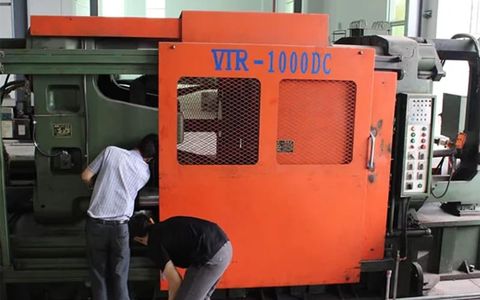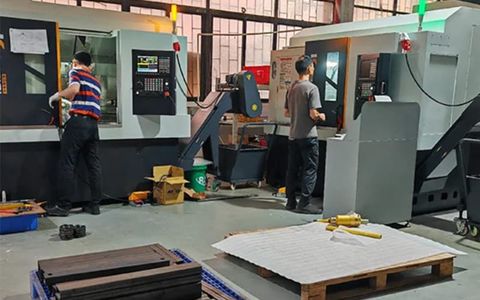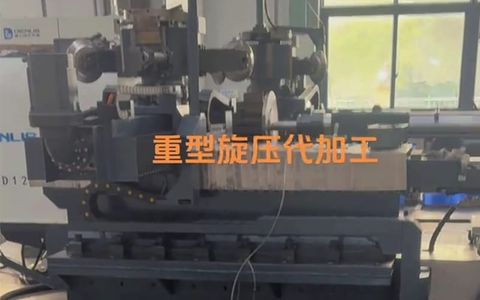Handling Thick-Walled Cylinders
Spinning thick-walled metal cylinders is a complex task that requires careful consideration of several factors to ensure successful outcomes.
Handling Thick-Walled Cylinders
Spinning thick-walled metal cylinders is a complex task that requires careful consideration of several factors to ensure successful outcomes. The primary challenge lies in managing the substantial forming forces needed to shape these robust materials without compromising their structural integrity.
Handling thick-walled cylinders necessitates the use of powerful machinery capable of exerting significant axial and radial forces. One common issue is the risk of material deformation or cracking under high pressure, which can lead to defects in the final product. Additionally, maintaining uniform wall thickness throughout the spinning process is crucial to prevent weak points that could fail under stress.
Examples of Materials and Their Specific Challenges
Steel (Grade 50): Known for its high strength and durability, steel requires considerable force to spin, particularly when the wall thickness exceeds 1 inch. The challenge is to avoid cracking and ensure consistent thickness.
Aluminum: While easier to spin than steel due to its lower density, thick-walled aluminum cylinders can be prone to wrinkling and buckling if not handled correctly.
Titanium: This material is highly valued for its strength-to-weight ratio, but its tendency to work-harden makes it challenging to spin without causing surface defects or internal stresses.


 English
English
 Deutsch
Deutsch
 العربيّة
العربيّة



